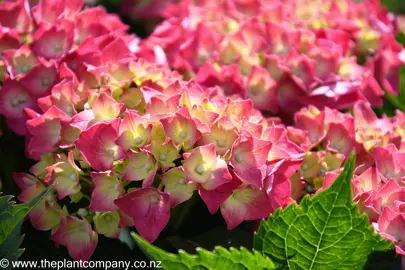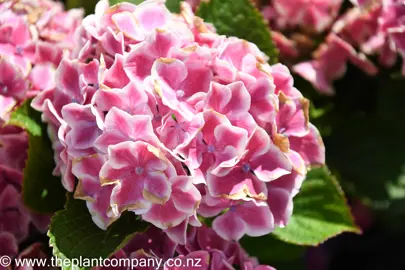Hydrangea Strawberries and Cream
Hydrangea Strawberries and Cream features bright pink flower heads that are borne from summer until early autumn. They sit perfectly with the dark green foliage as it grows to 1.2 m tall and the same wide. Hydrangea Strawberries and Cream is a great variety for adding to a mixed planting, maintaining in a container, including in a cottage garden, or for planting around an outdoor living area.
Hydrangea Strawberries and Cream is currently unavailable, but we do have other other amazing species and varieties of Hydrangea available.
explore them hereWhy? Our plants are subject to seasonality and high-demand. Please contact us if you would like to know when it becomes available again.








